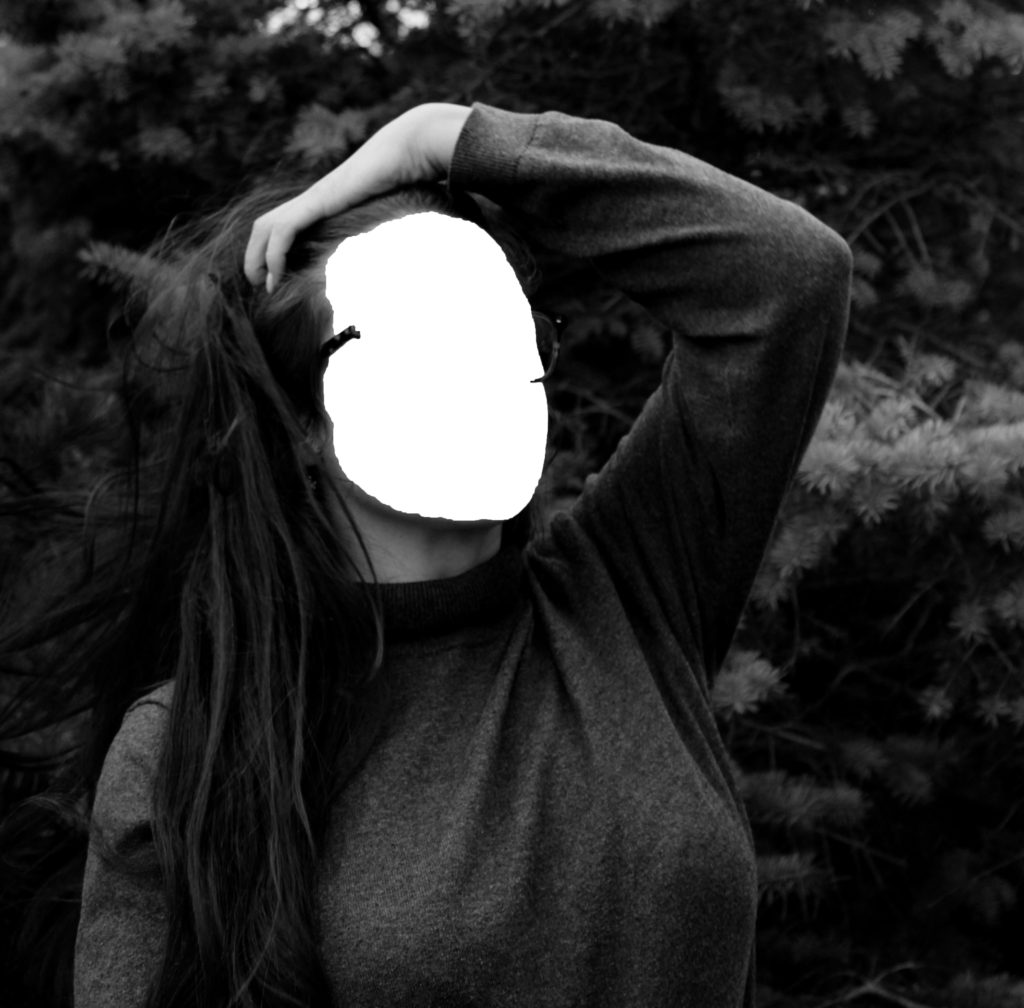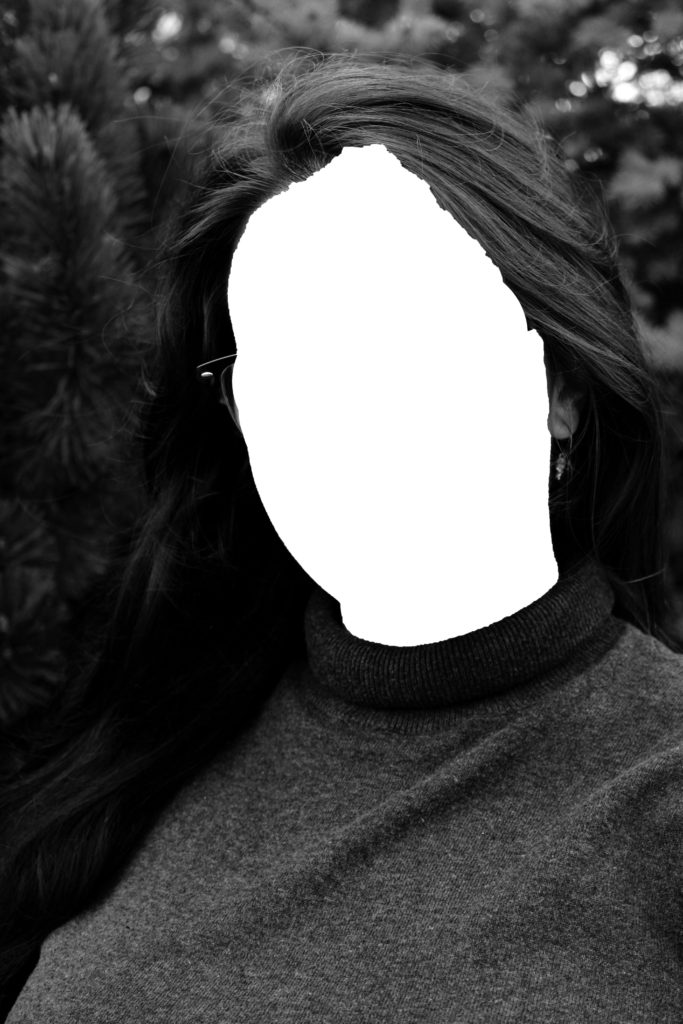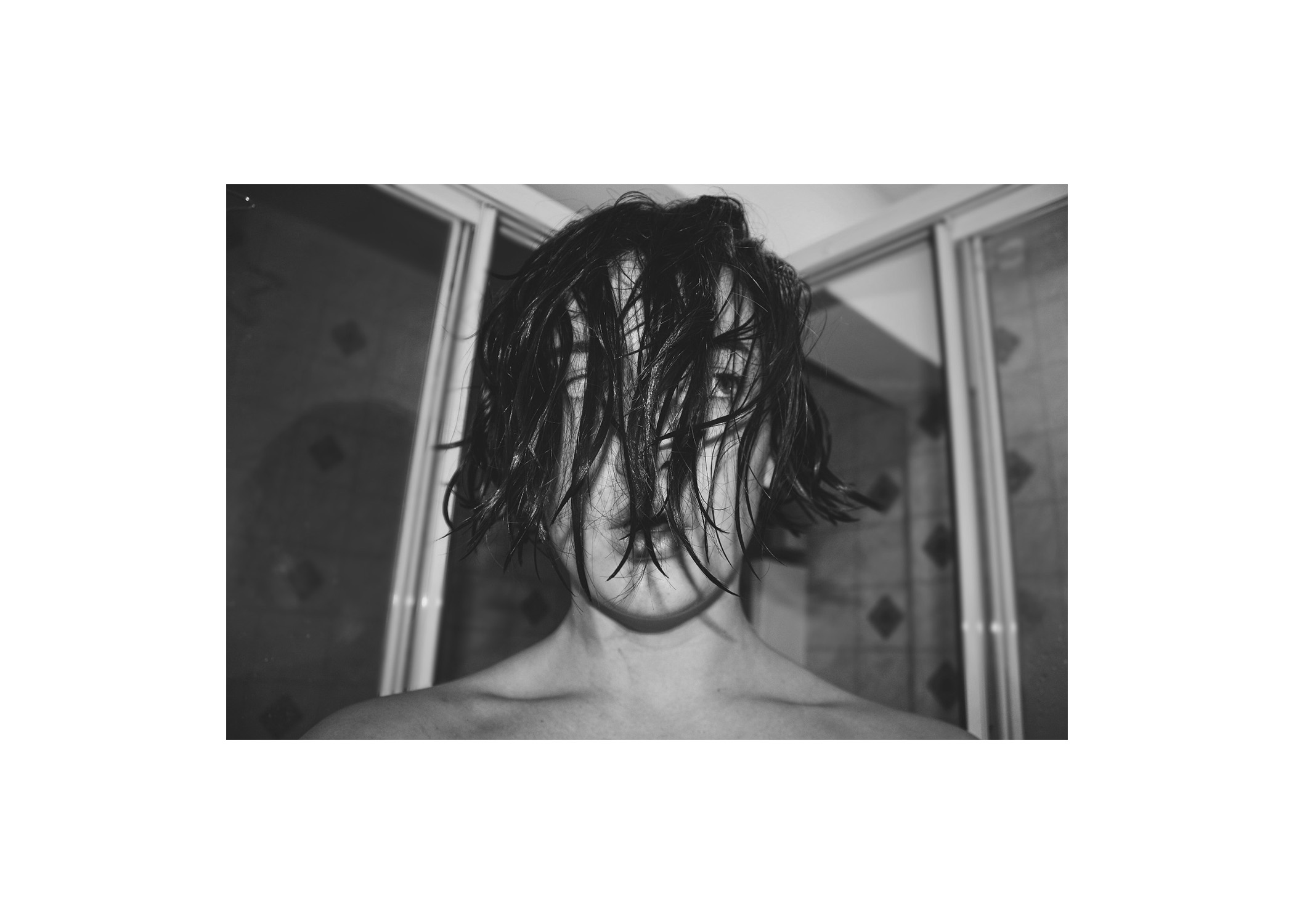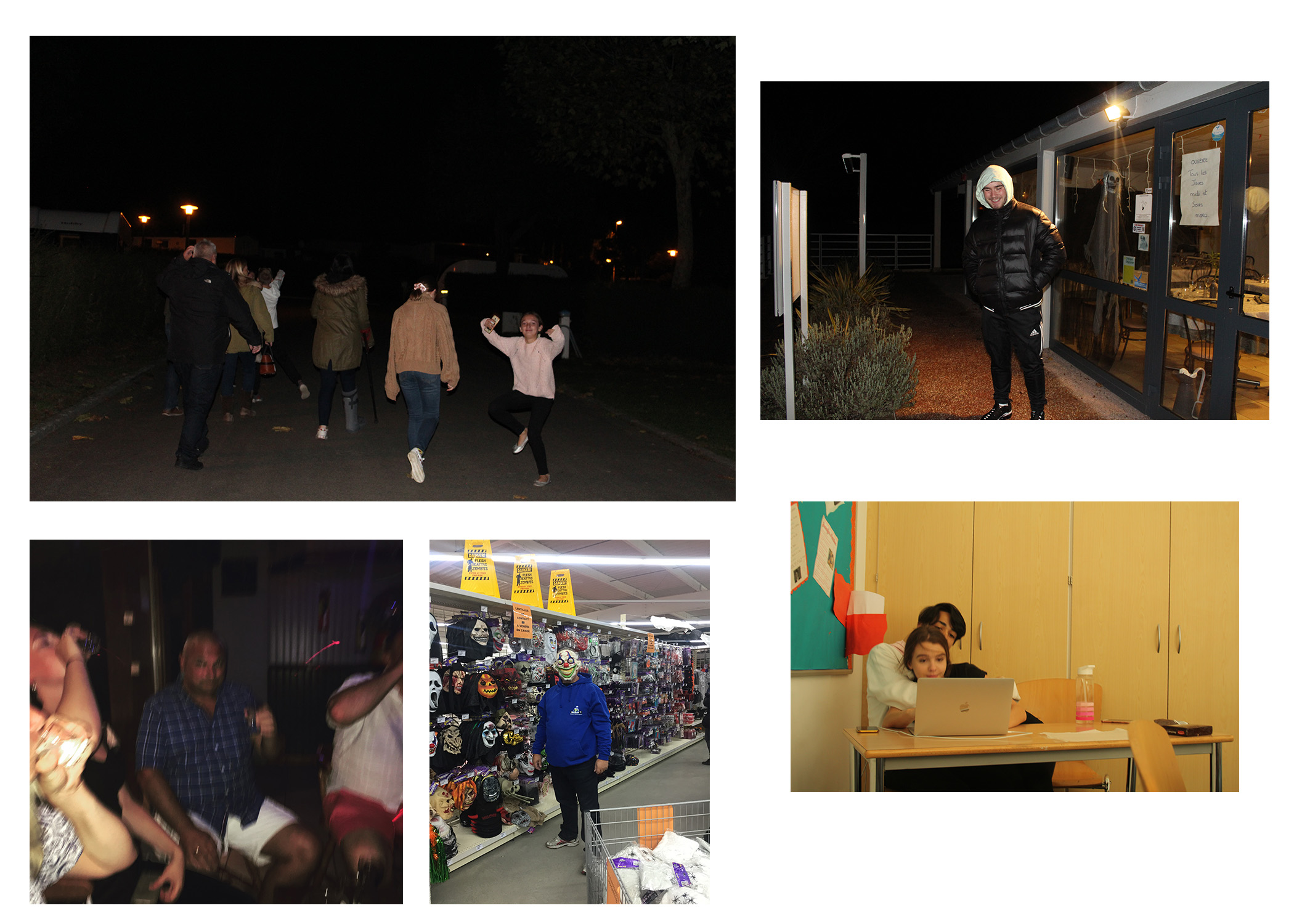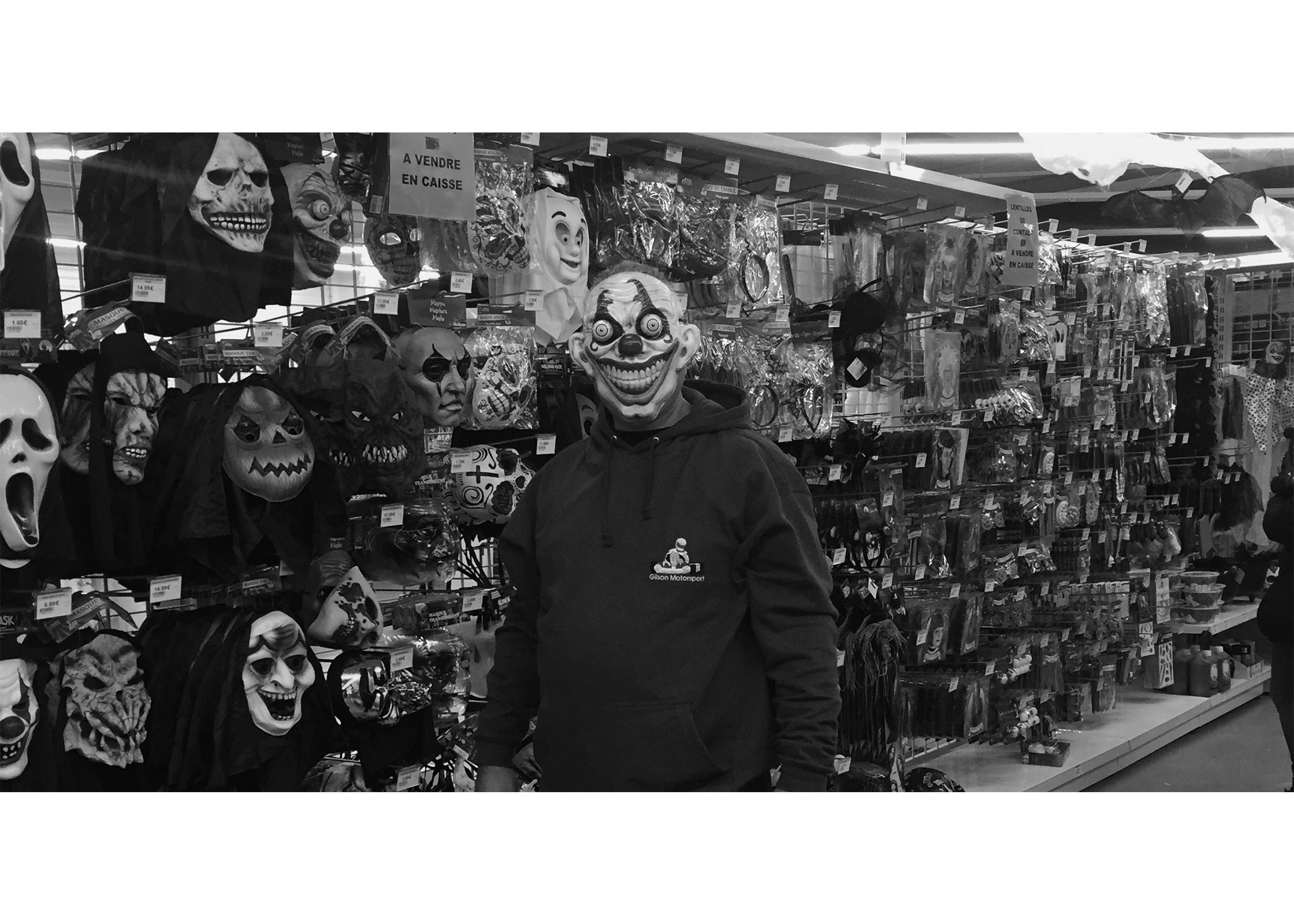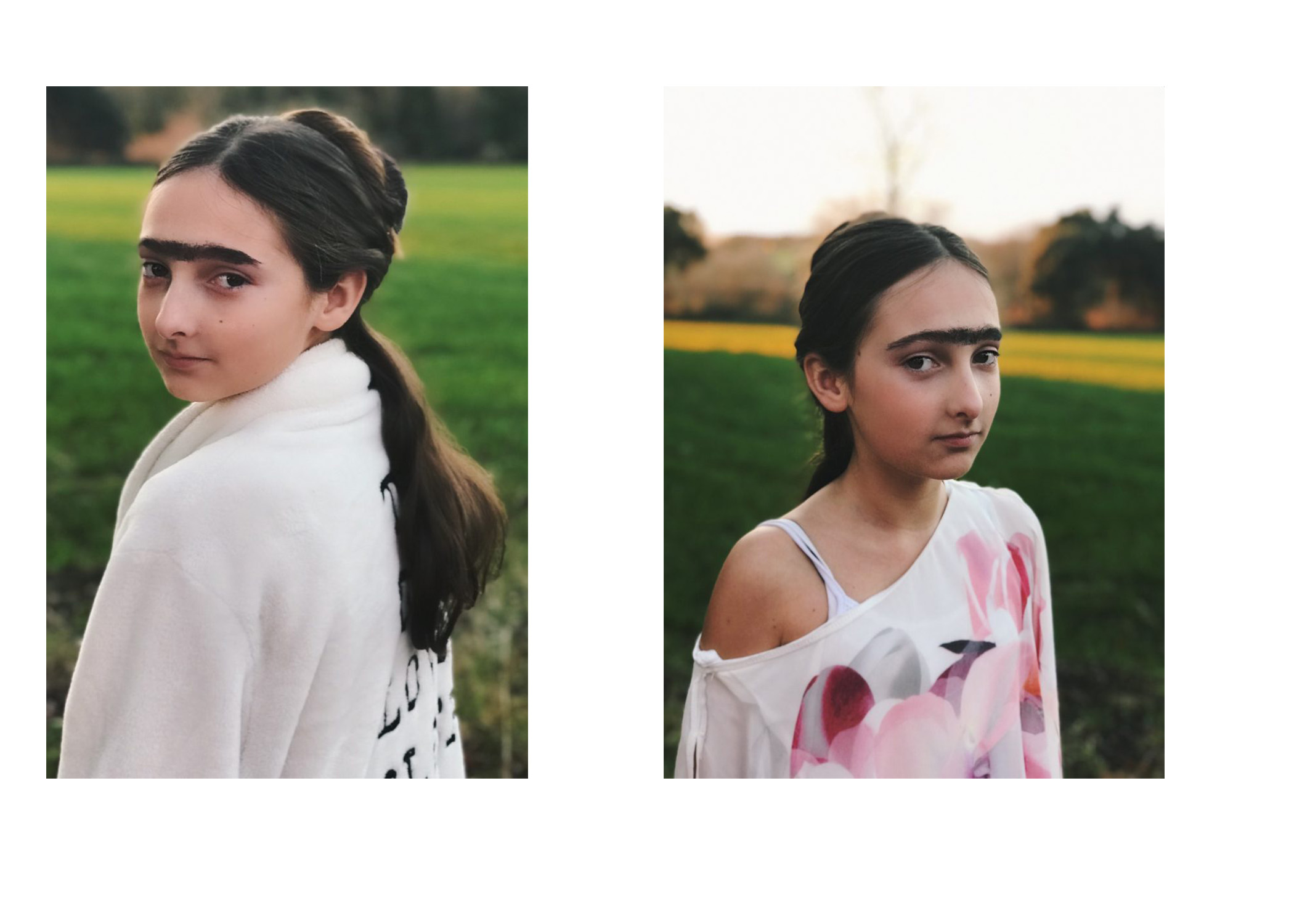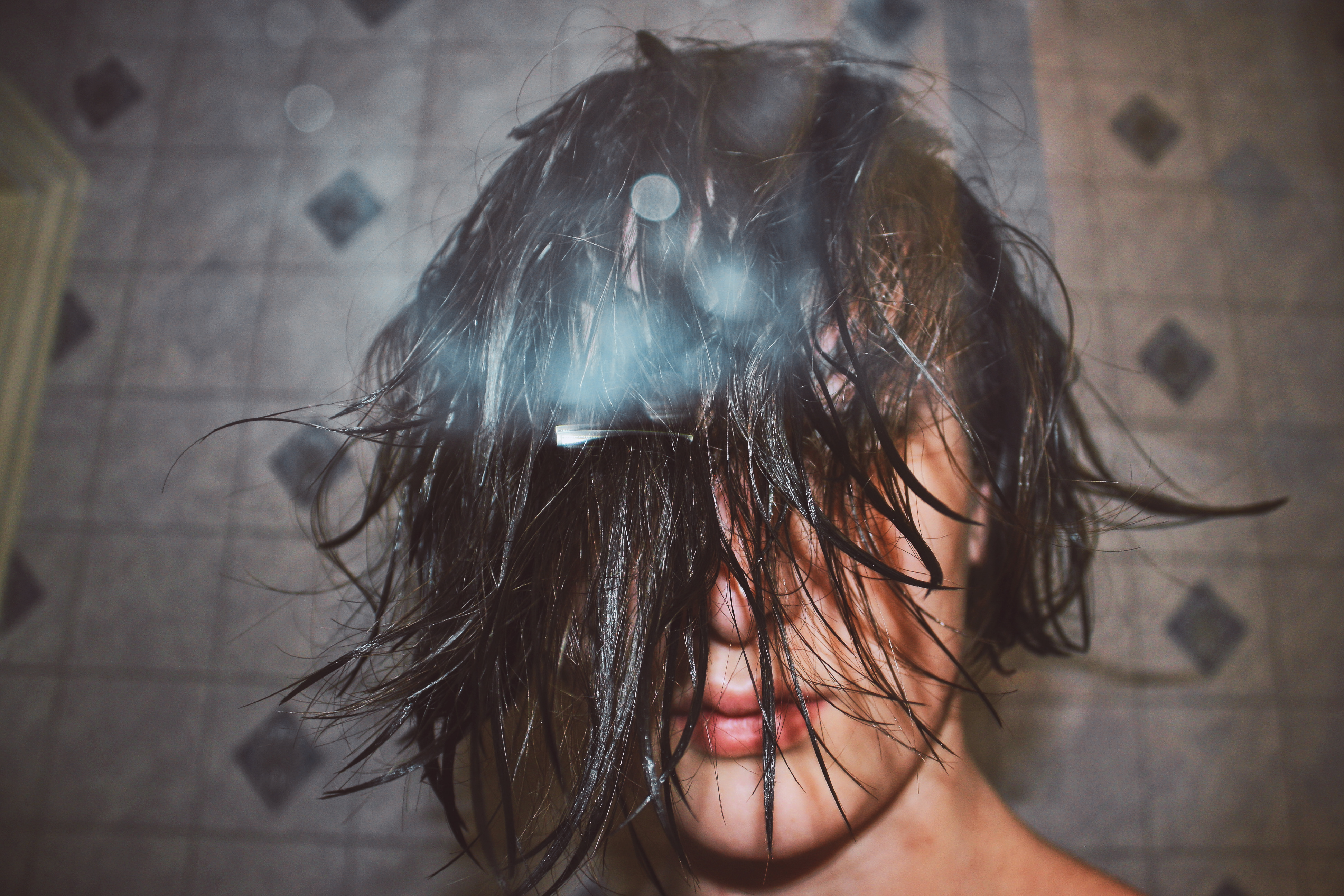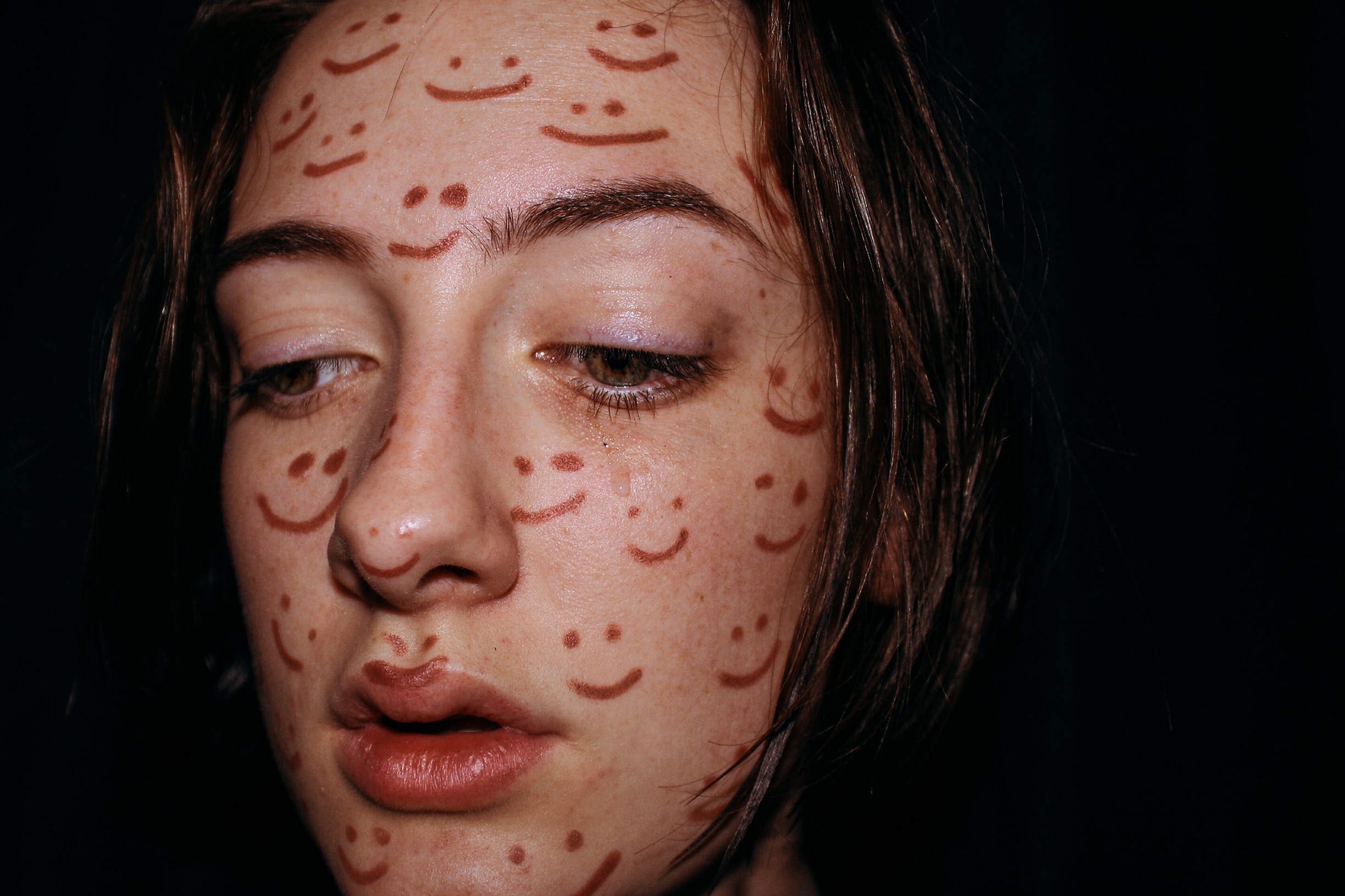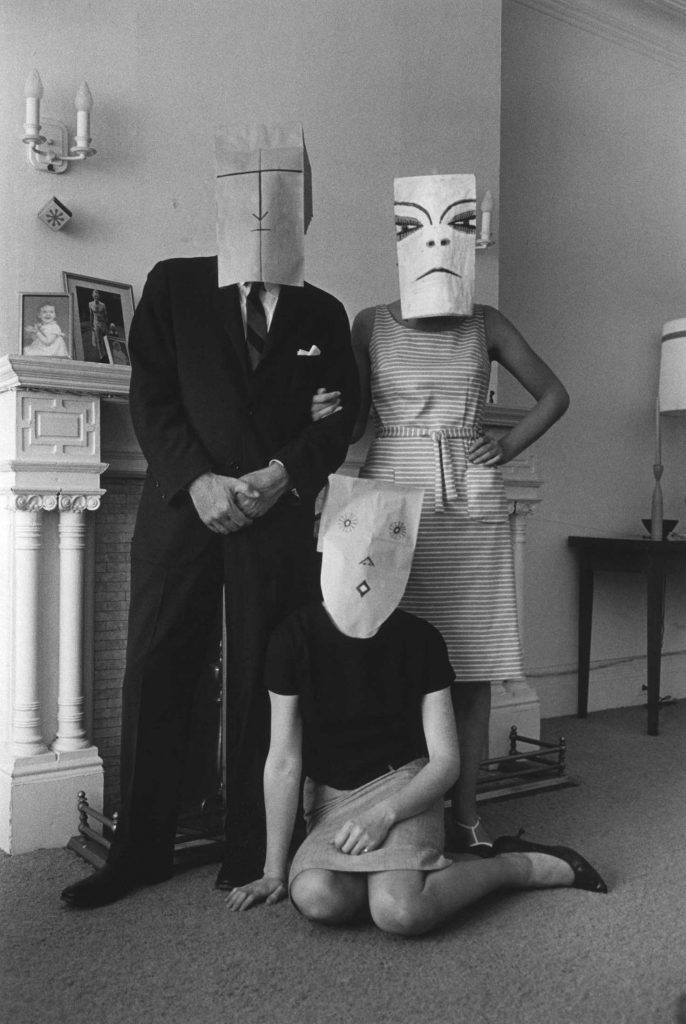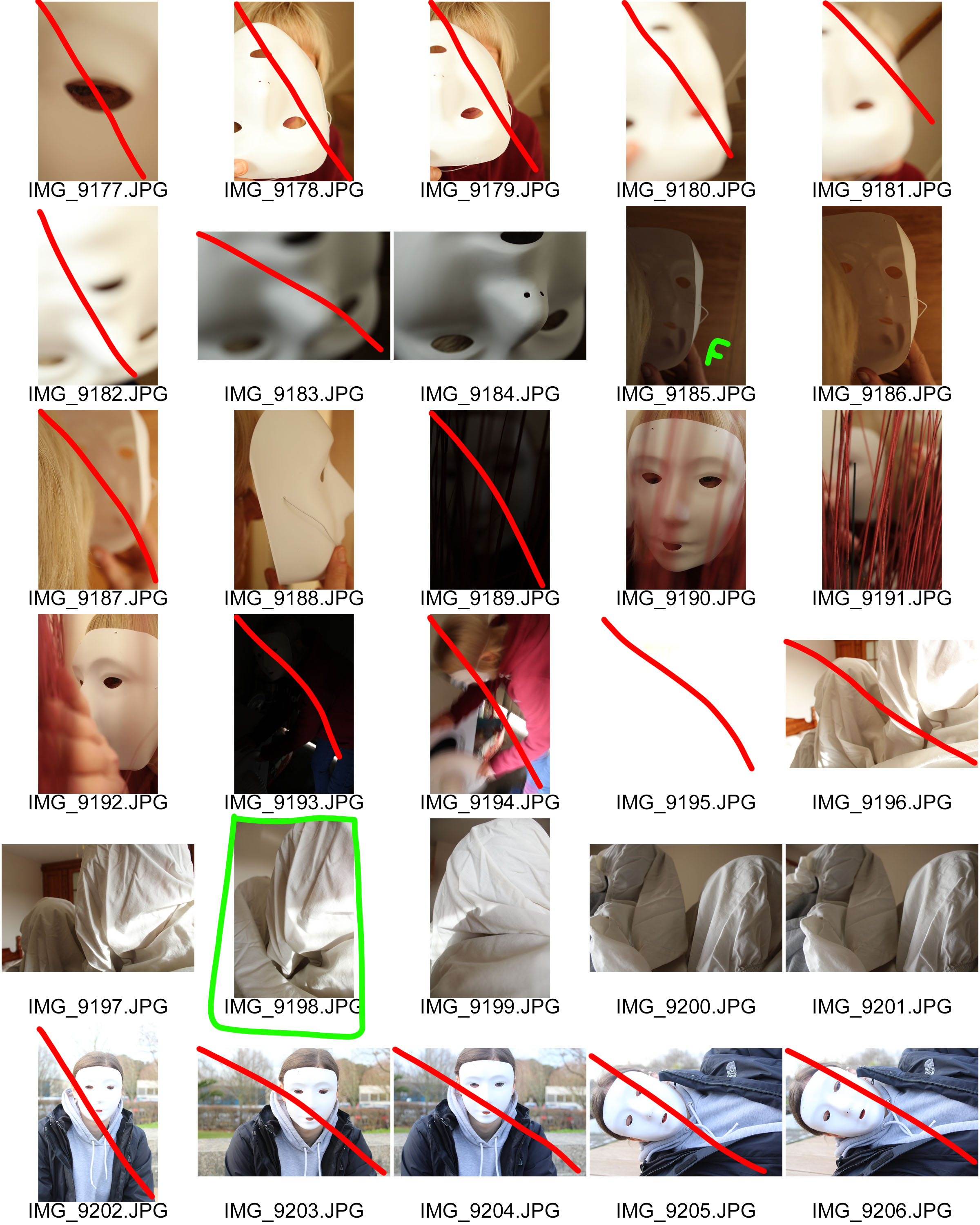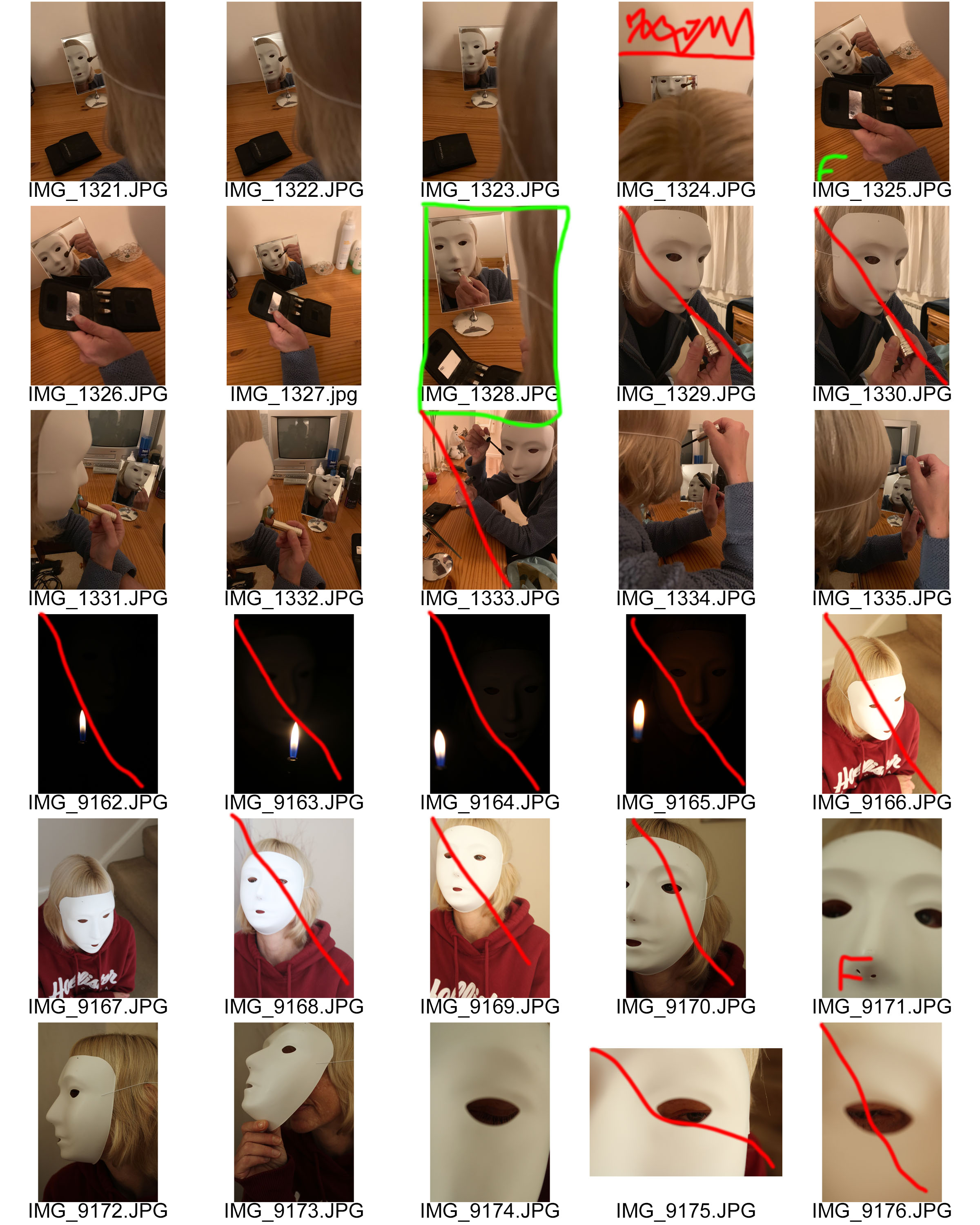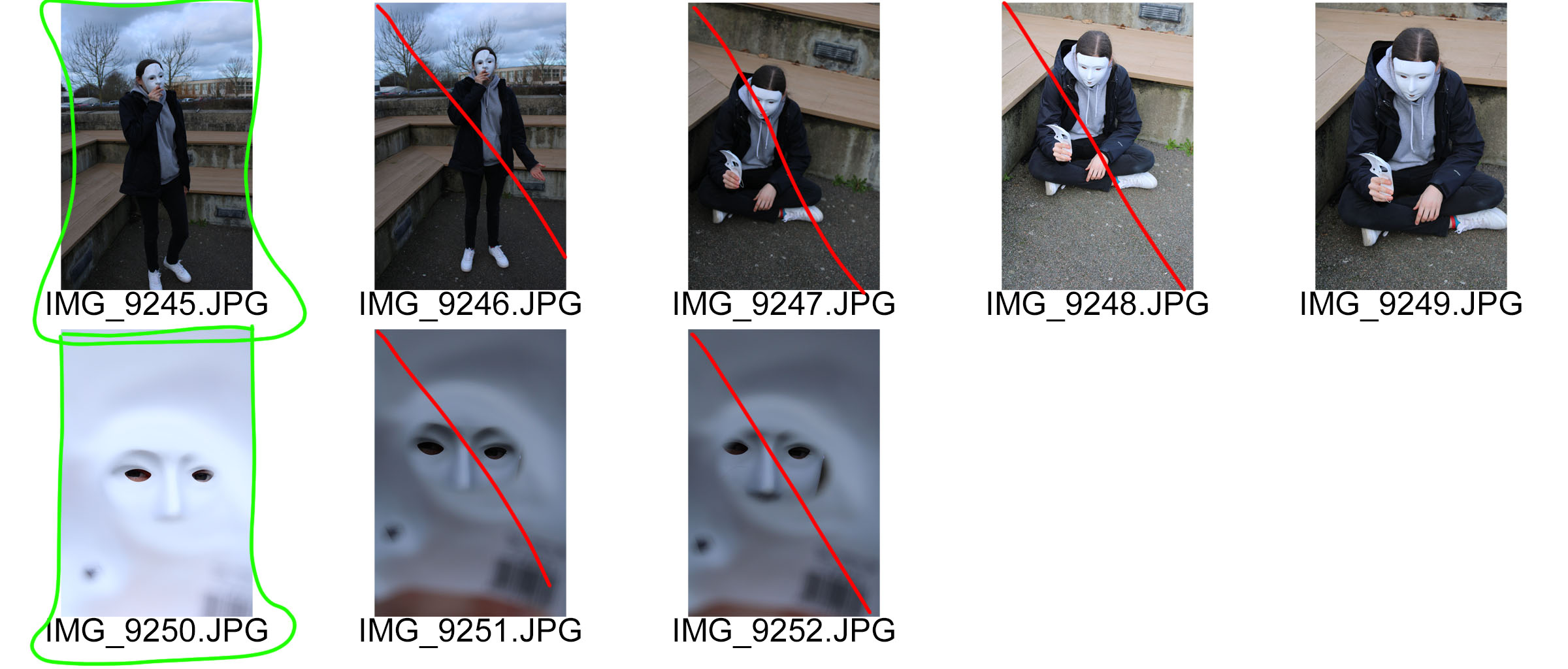Barbara is an American photographer/photojournalist. She is one of five recipients of the Getty Images annual Grants for Editorial Photography programme, which gives photojournalists an award of $10,000 as well as the agency’s support in pursuing projects of their choosing. American Bedroom is an ongoing series of portraits in which she explores the complexities of contemporary American life. American Bedroom is a cultural and anthropological study of Americans in their private dwelling; their bedroom. The nature of the project will be portraits of individuals, couples and families that reveal the depth of their character and spirit.



https://www.theguardian.com/artanddesign/gallery/2017/sep/12/american-bedroom-by-barbara-peacock-photographic-portraits
My Concept:
Barbara’s project on American Bedrooms has influenced me to do a similar idea for the ‘Place and Identity’ mock, in which I am going to take photos of people in Jersey in their bedrooms. I want to be able to explore the inside private space of the people on this island and how their bedrooms reflect their self.
I was also influenced by the media theorist, Goffman who came up with the concept of ‘The Representation of The Self in Everyday Life’ which is the idea that we all have a ‘back and a ‘front’ self, the front is the one we let everyone see and we want everyone to see and the back is the one that is private to us that we conceal from others. I see a bedroom as a persons ‘back’ self a place or privacy and self expression, the actual person is the ‘front’ self, they leave their bedroom everyday to face the public world they dress themselves up to make an impression on others. I also want to explore how bedrooms change as people age, my impression is that the older you get the less expressive your bedroom becomes and it becomes more neutral and simple. Also it will be interesting to see how the dynamics of marriage and sharing rooms changes a persons private space.
Analysis Of Peacock’s Work:
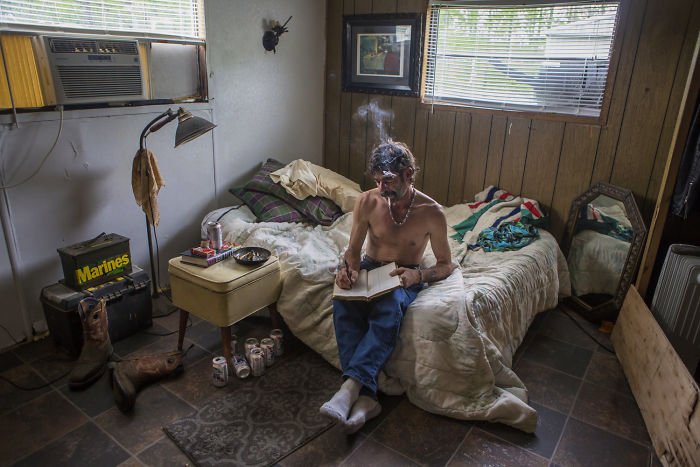
Barbara’s concept is simple yet complex because the idea of taking a picture of someones bedroom seems easy but it’s the people she chose to take pictures of it intriguing. For instance in the image above there is a middle aged looking man with a cigarette, no clothes on and a reasonably bare room. At first glance it’s just a picture of a man in this room but it tells a story, such as the fact that he smokes inside might mean he lives alone and this bare chest also suggests this. Also the lack of feminine touch indicates that he doesn’t have a women in his life, as well as that the bed being up against the wall makes me think that he doesn’t have a partner because most couples have their beds in the middle of the room so that it is accessible for both of them. The number of beer cans suggest he is a heavy drinker and the ash tray full of cigarette buts indicates he is most likely addicted to nicotine. The lack of portraits on the wall suggest he is a lonely man, possibly no kids and his parents maybe have pasted away. The boots and tool box suggest he could be some sort of builder or construction worker, this links to the number of beer cans and how working on construction sites means you are around males mostly and going out for a drink it a key aspect of workmen culture.
Barbara uses natural lighting to capture the true lighting of the room as this can indicate to a persons identity for instance some people much prefer having the blinds up or being in rooms with less light, which could suggest they are shy or constantly tired or are more of an evening person. The colours are neutral which creates a warm tone which is contrasted with the dingy feel of the room and how some light coming through is blocked by a yellow object which creates a dirty looking light, this mirrors the old cans lying on the floor and ash scattered on the bedside table. Although the room feels dirty it isn’t messy, the lack or furniture creates a repetitive structure which ties in with the idea that the mans life is very structured, work, smoke, drink, sleep and how it lacks the excitement of family and love. On the other hand the thing that sticks out the most visually in this photo is the notebook and how it seems out of place and you would think that he is not the type of man to write, this empathises how we judge people to quickly on their looks (front self) and it’s when they go home that they become their real self.


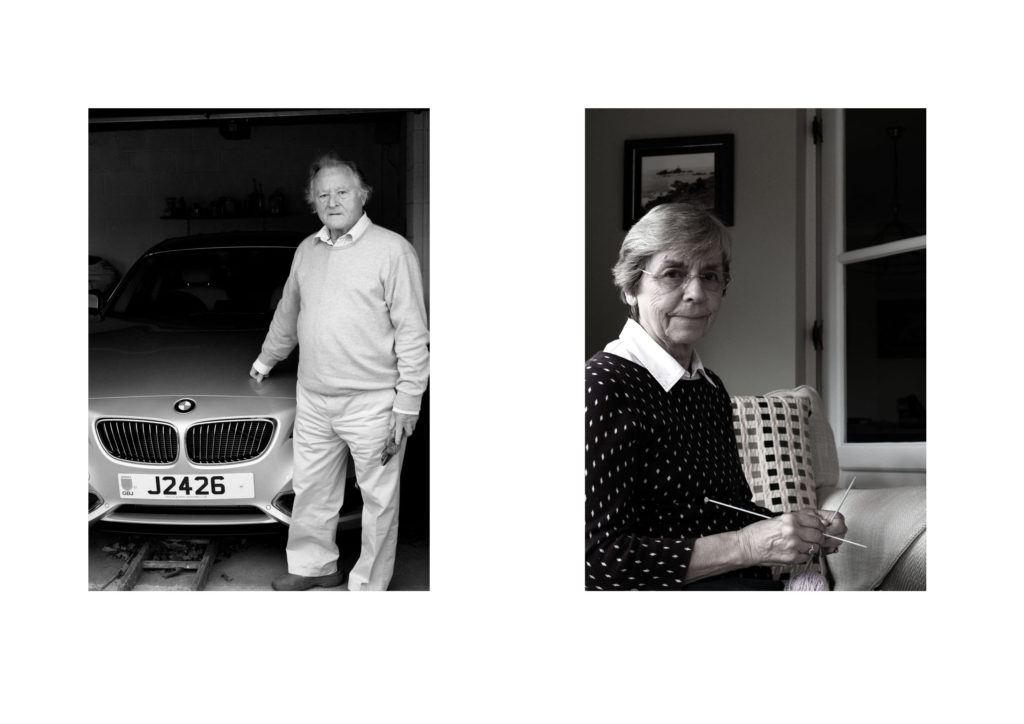

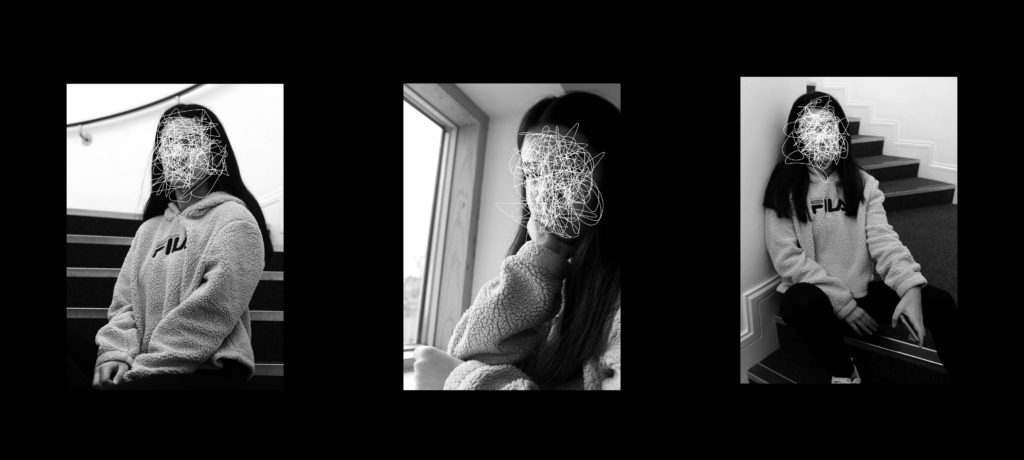
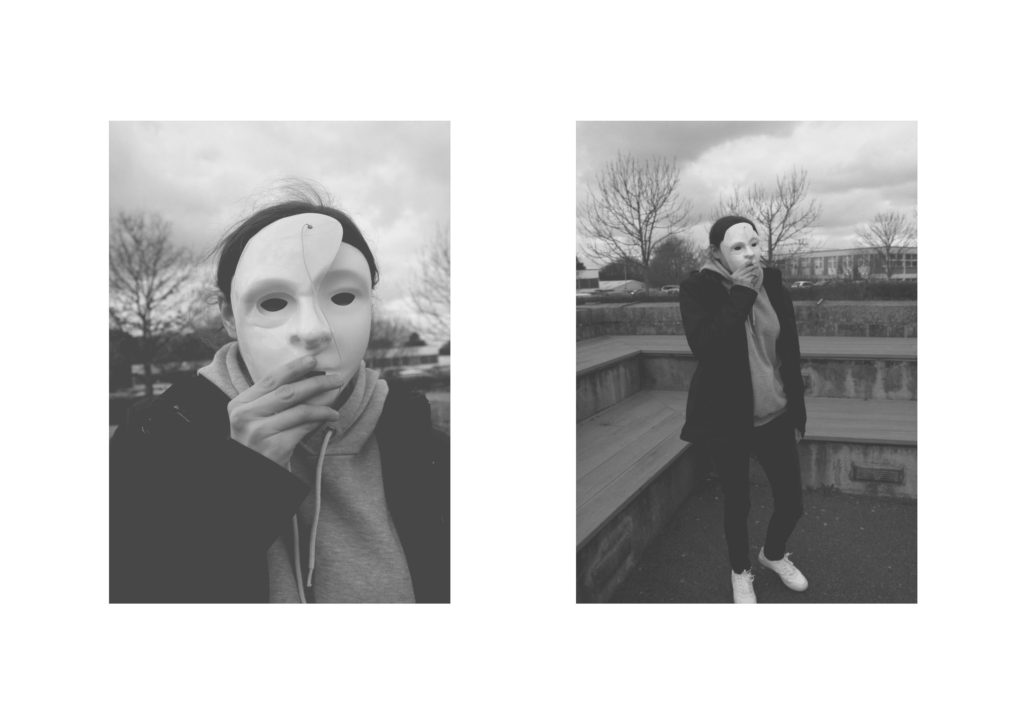

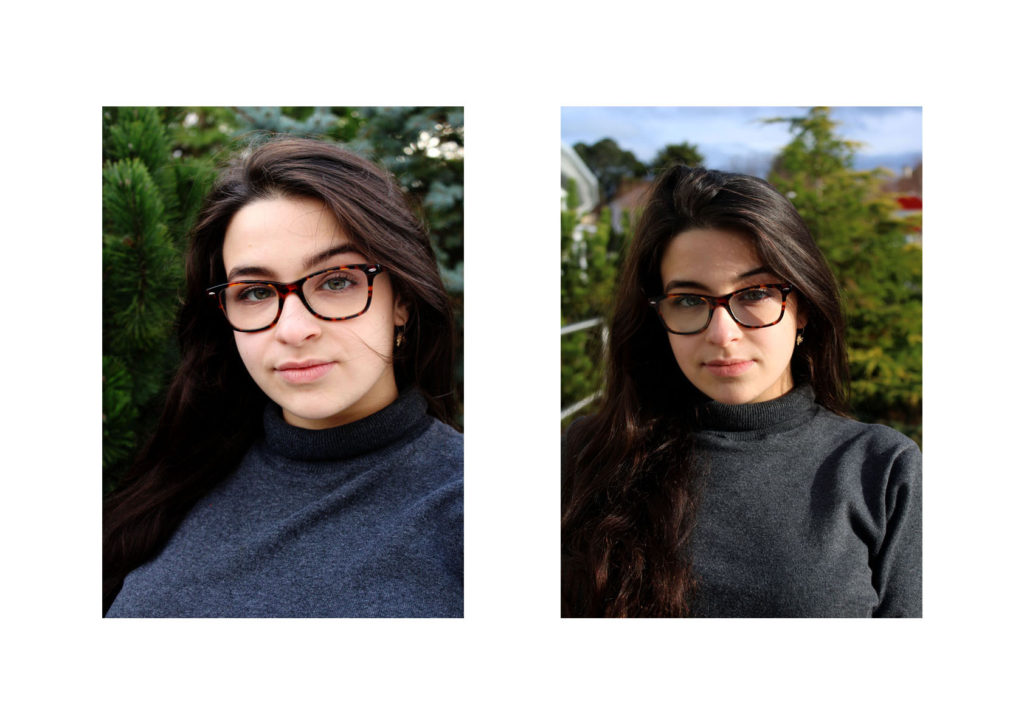

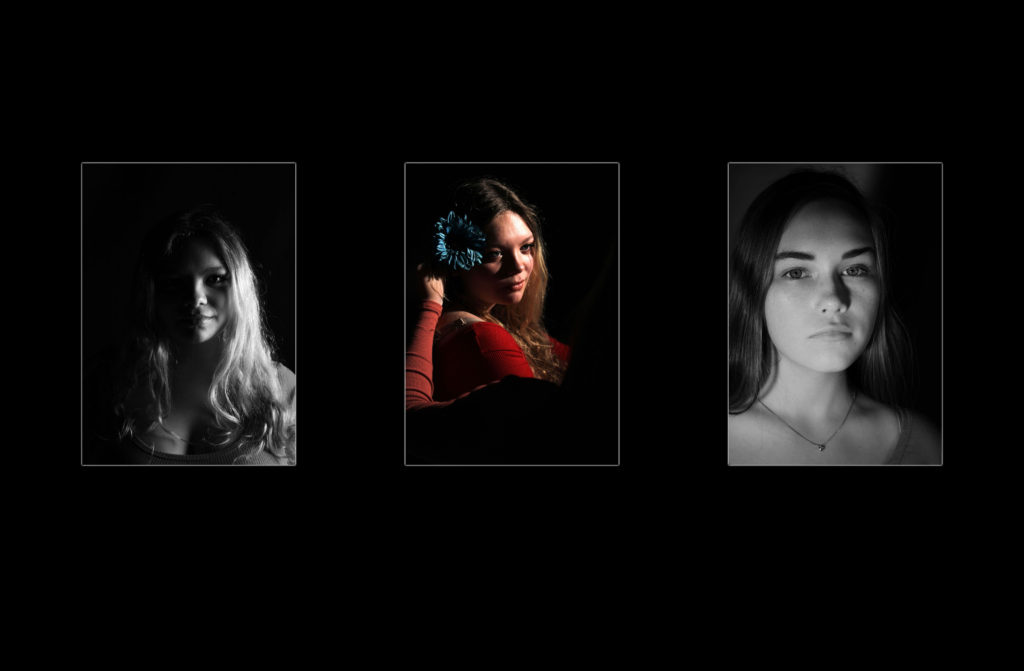

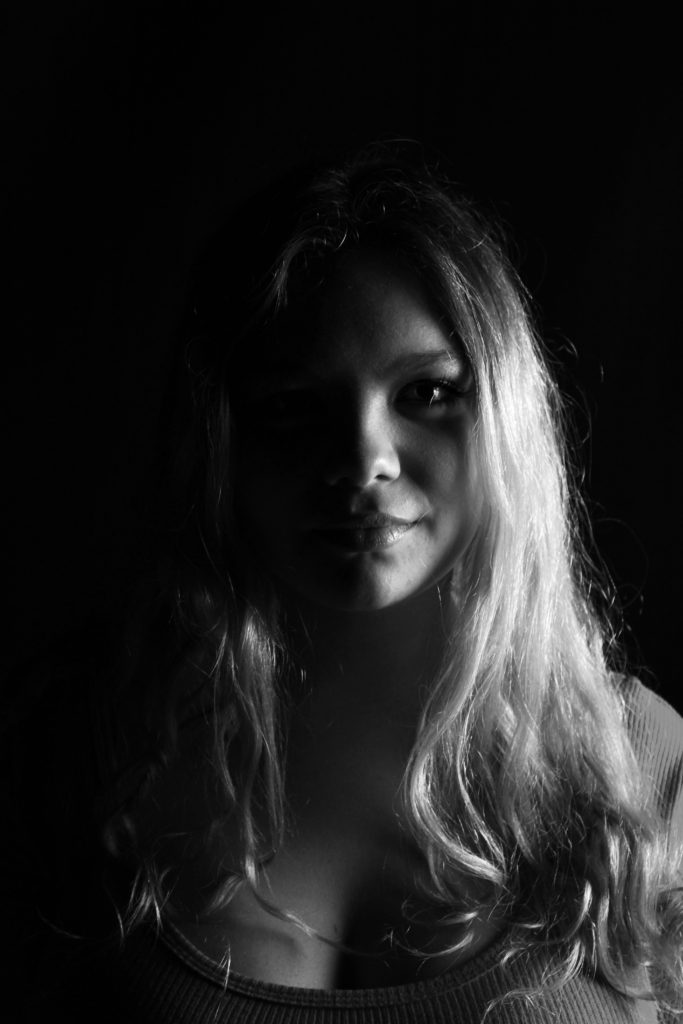
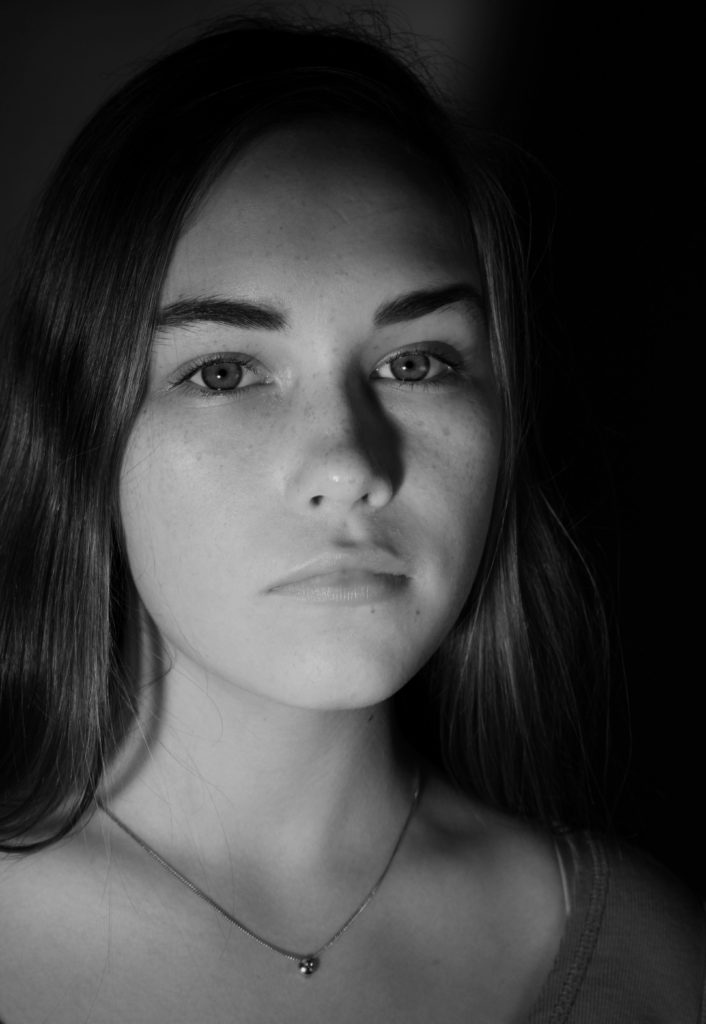
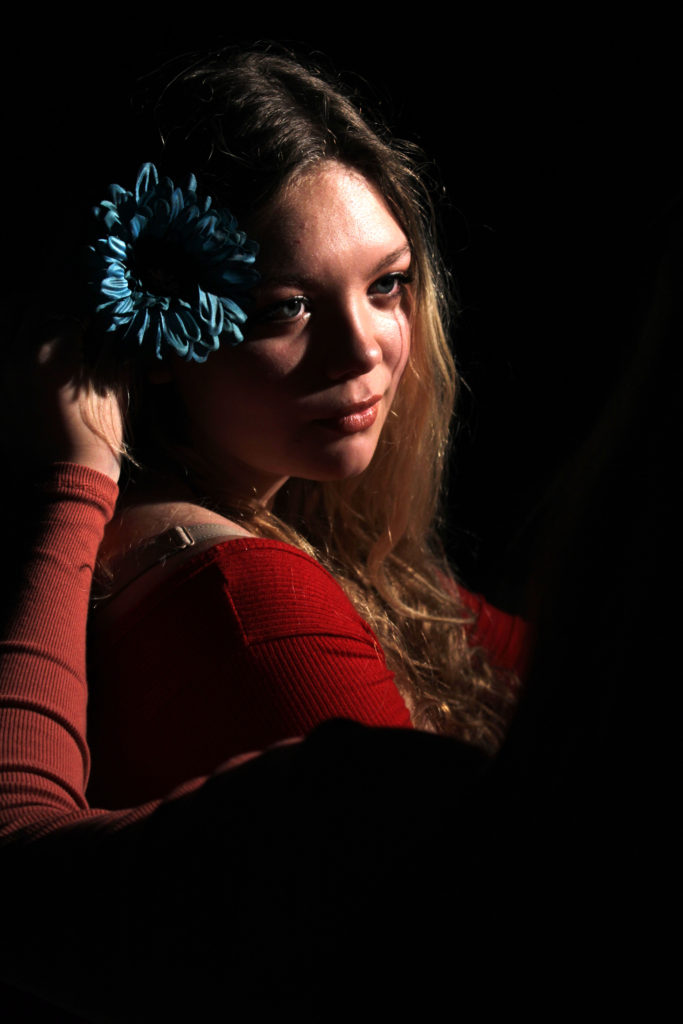
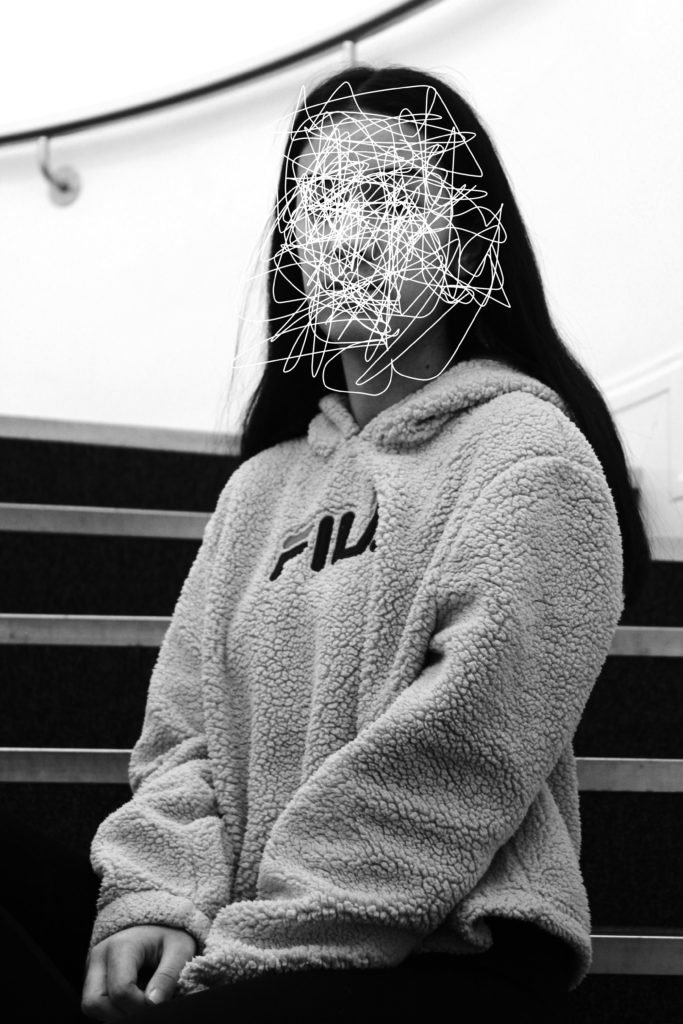
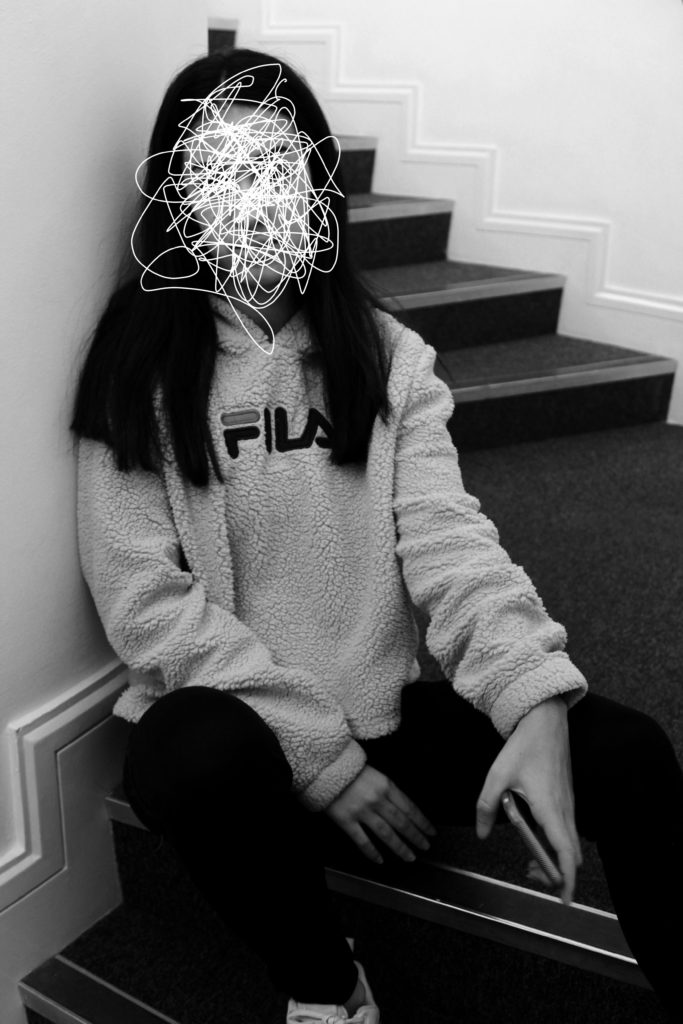


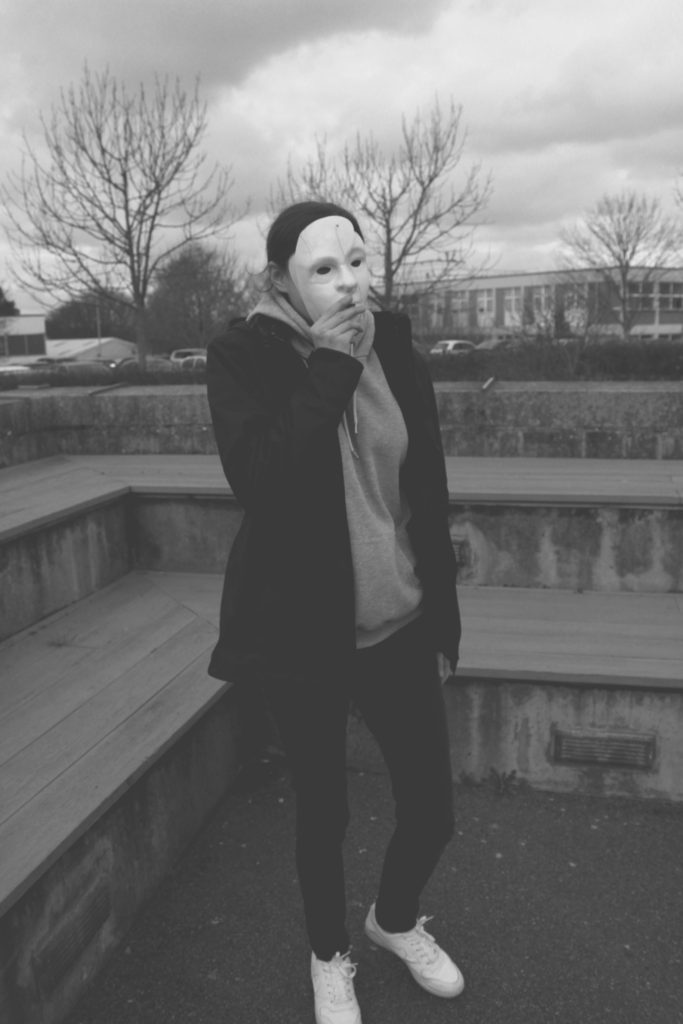


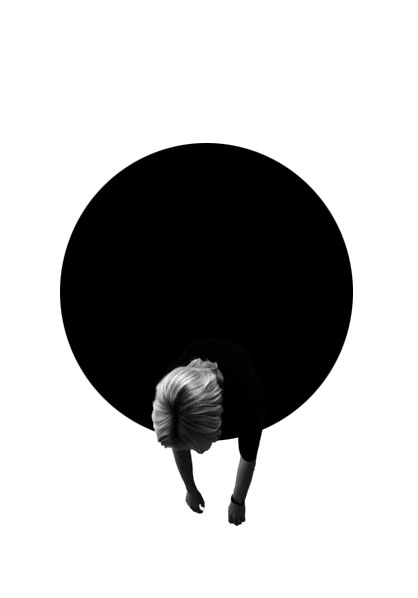
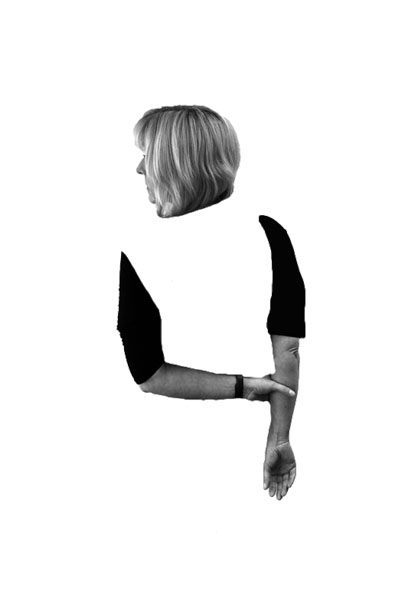
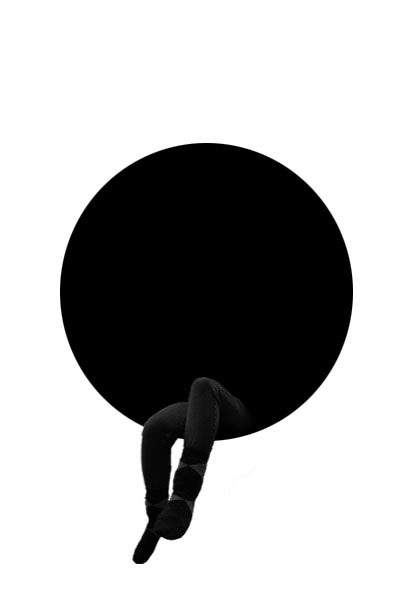

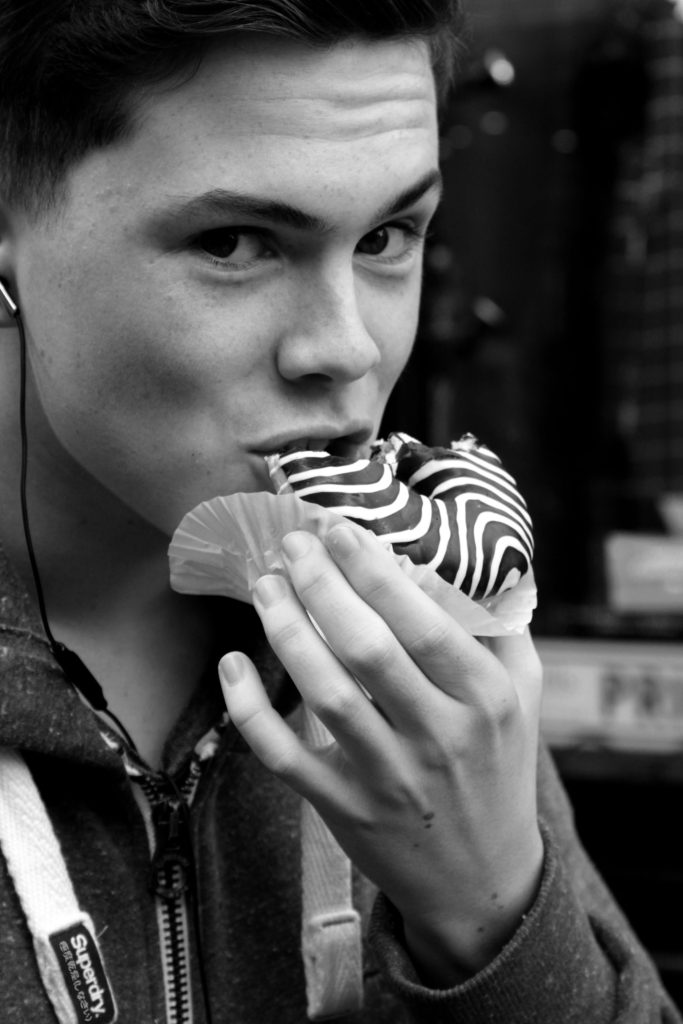
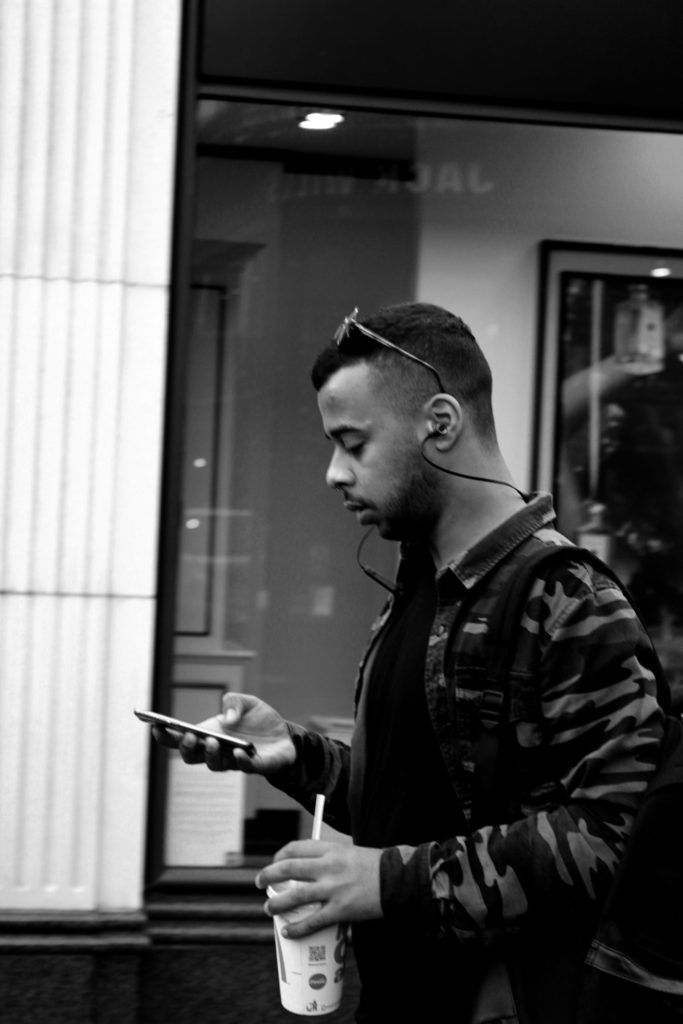
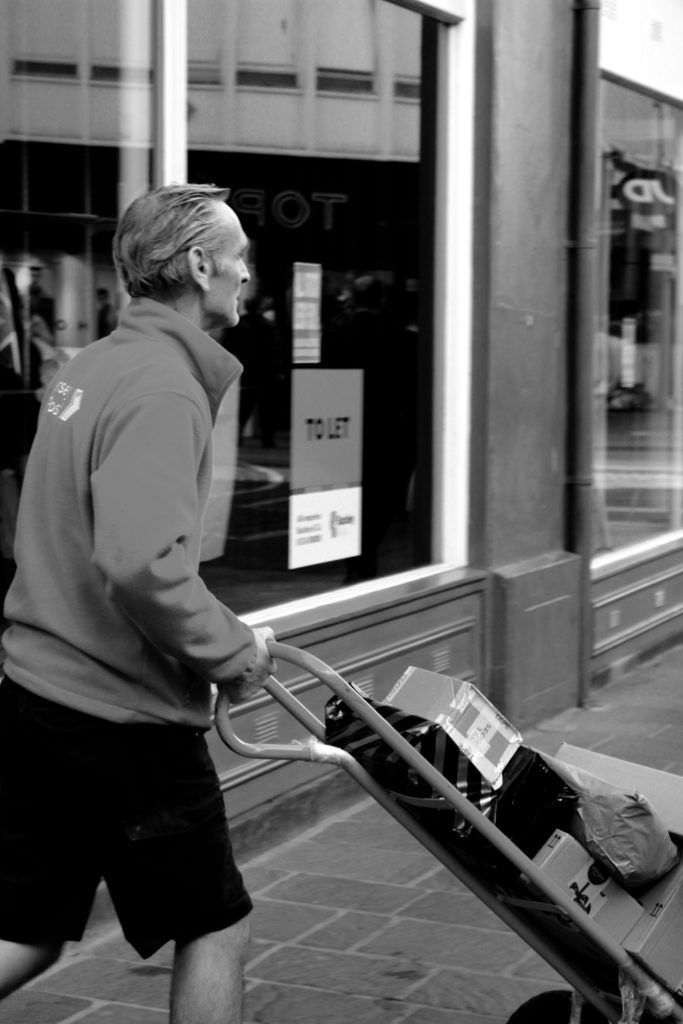

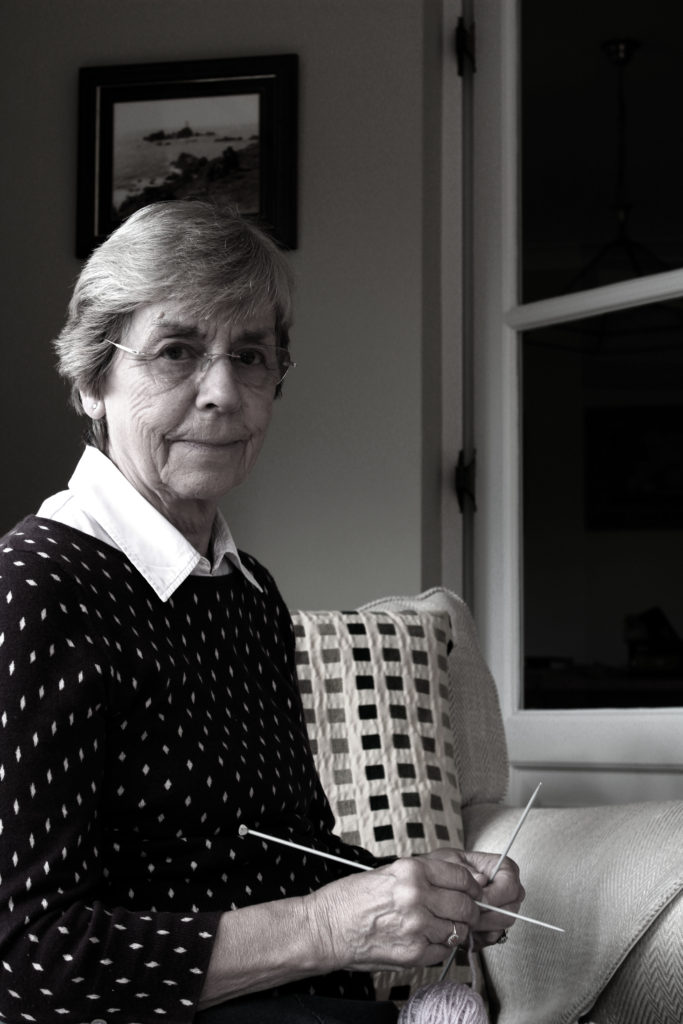
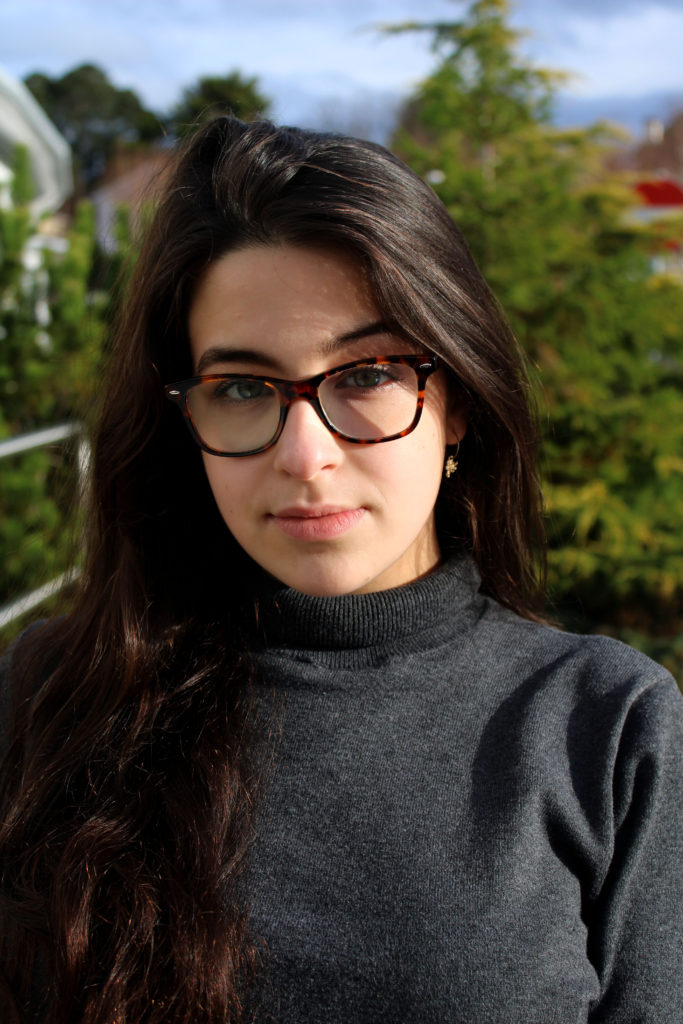


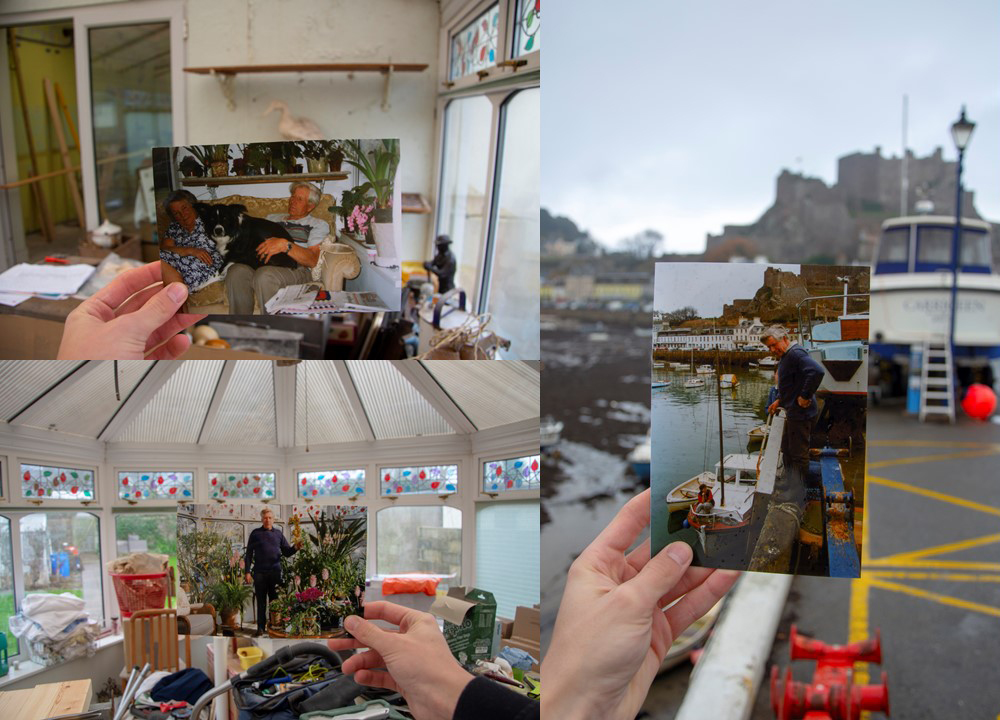
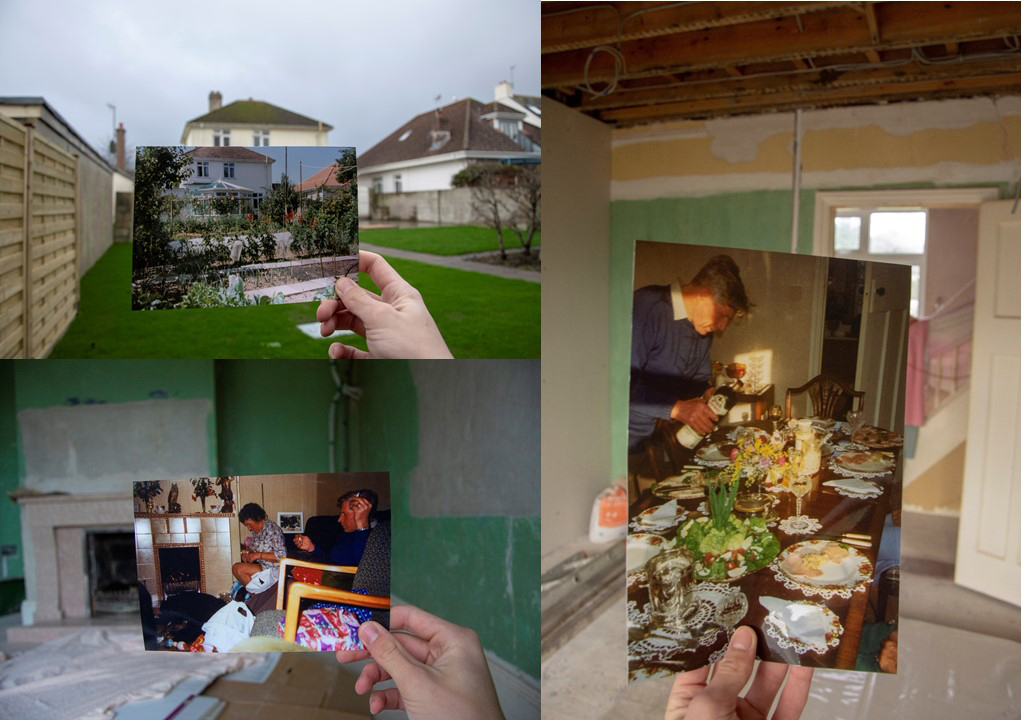
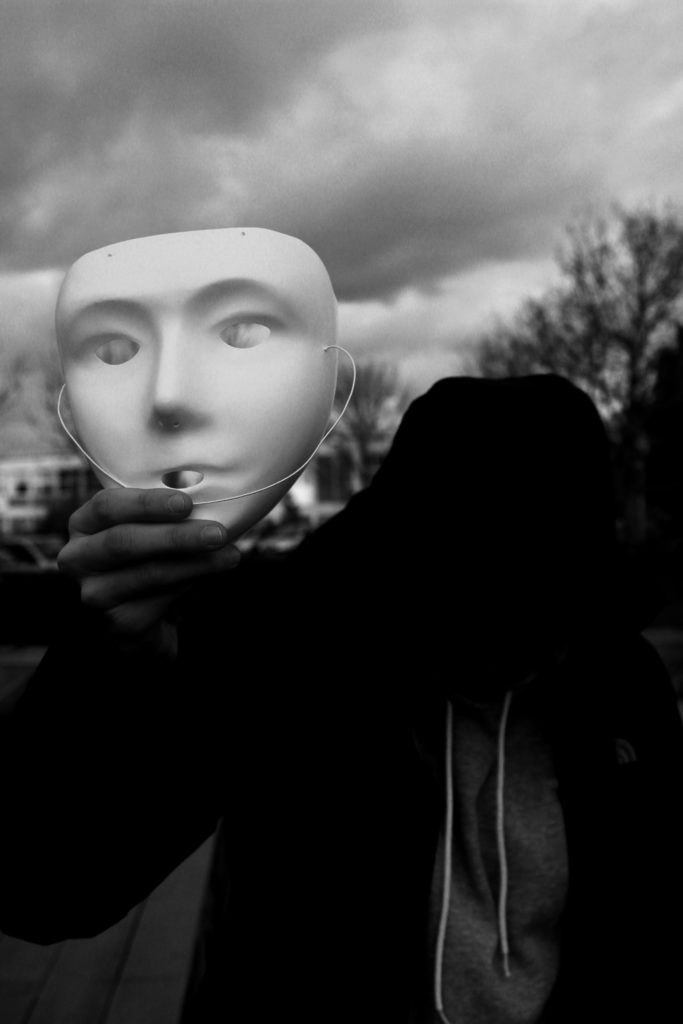
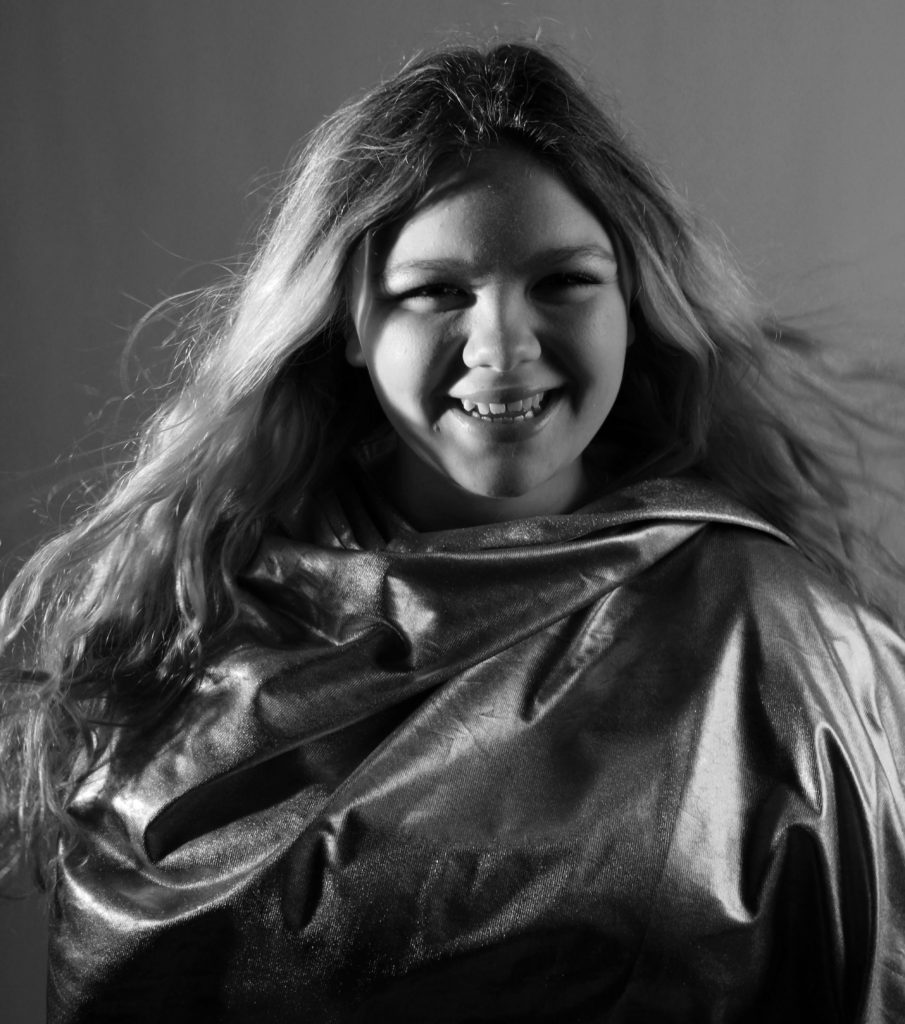
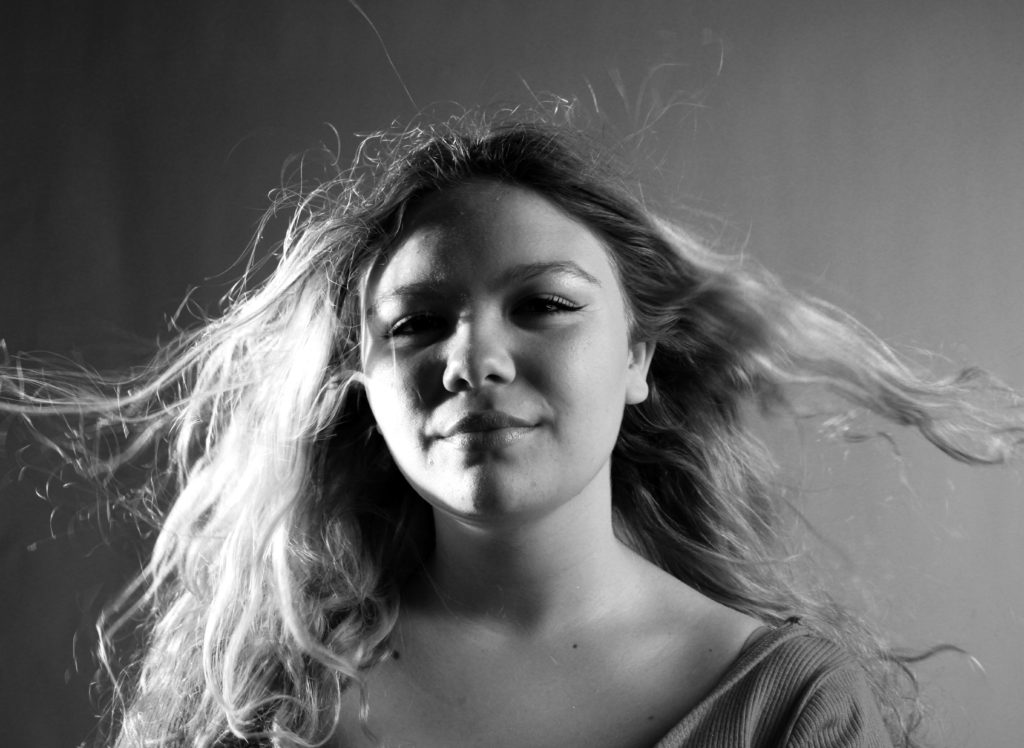
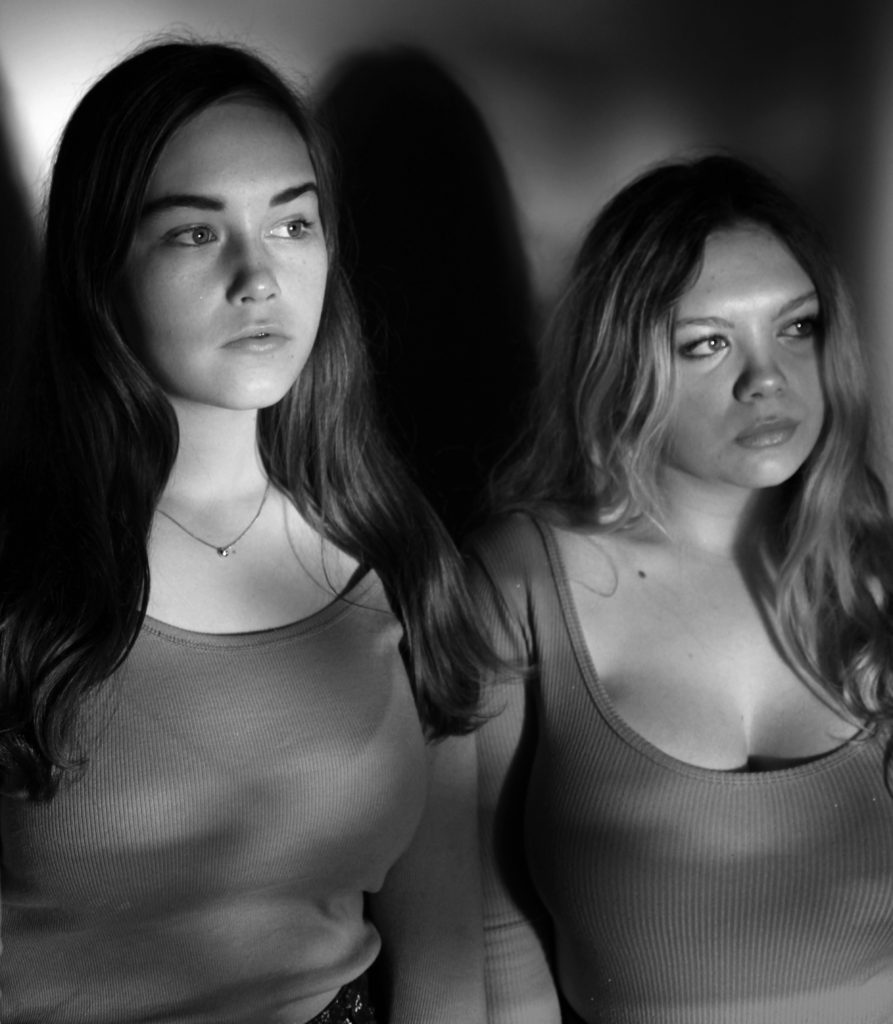

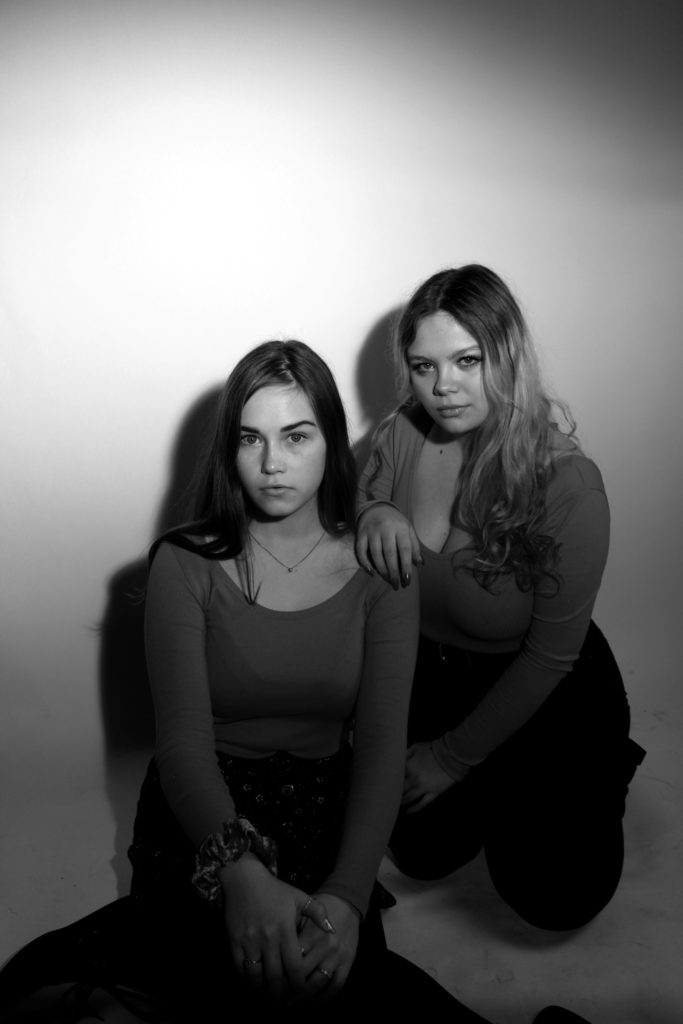
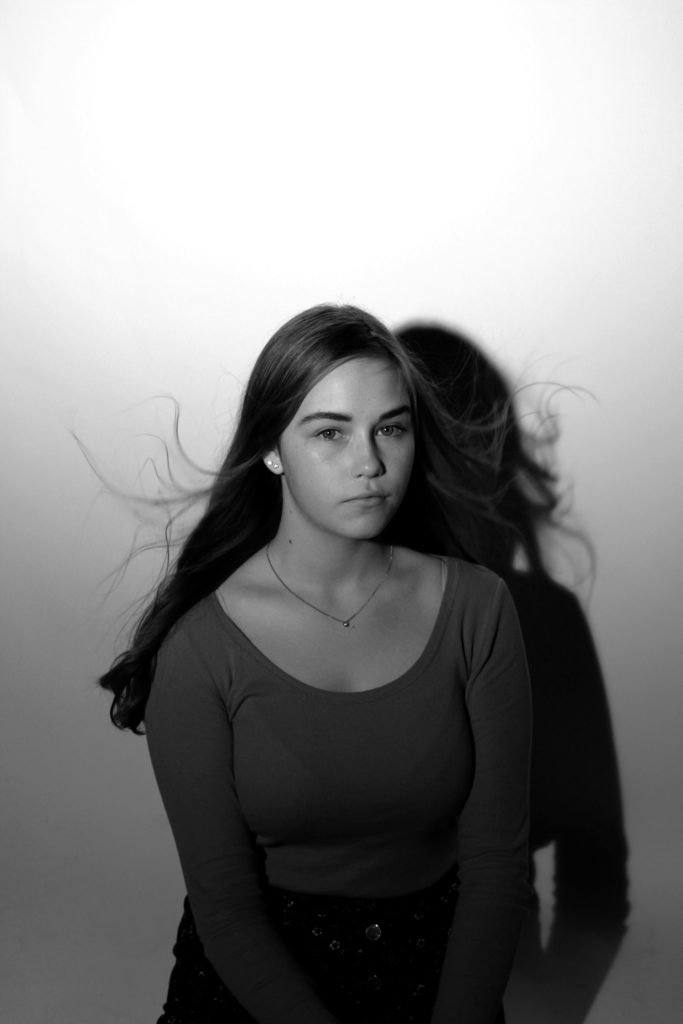
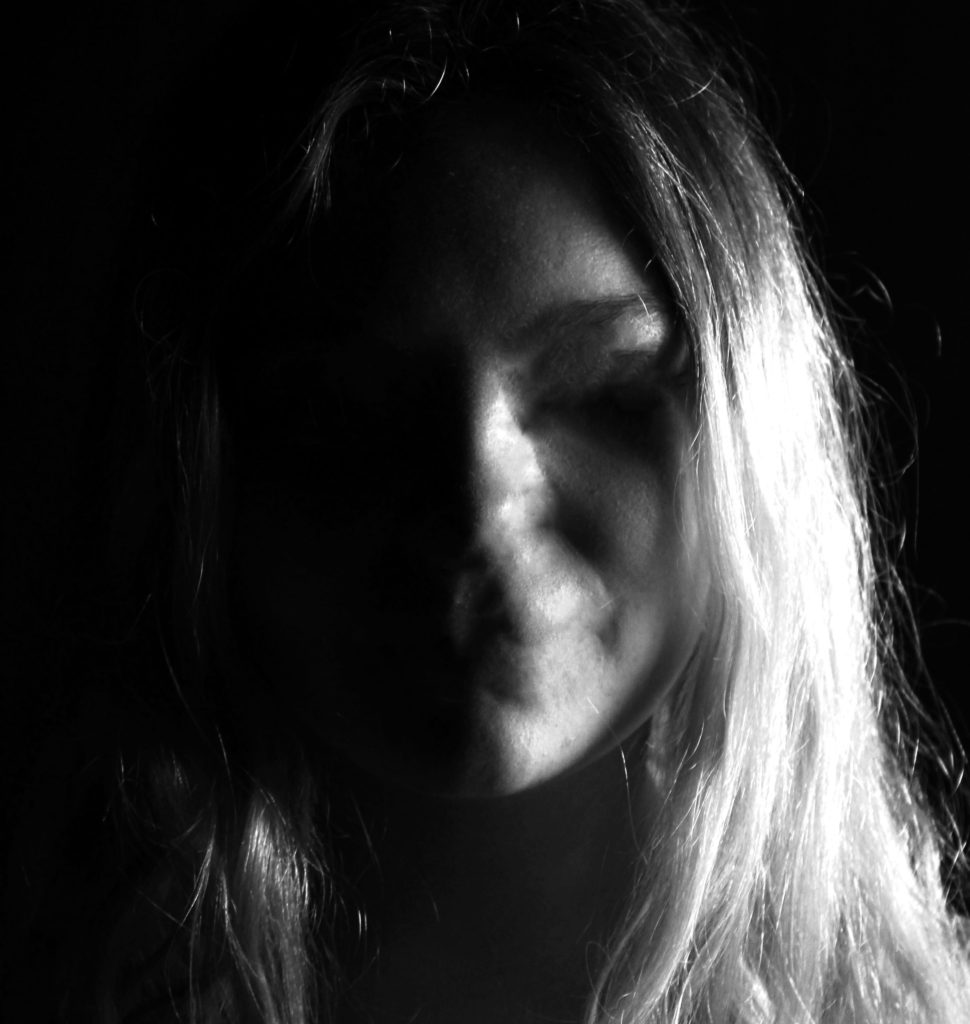

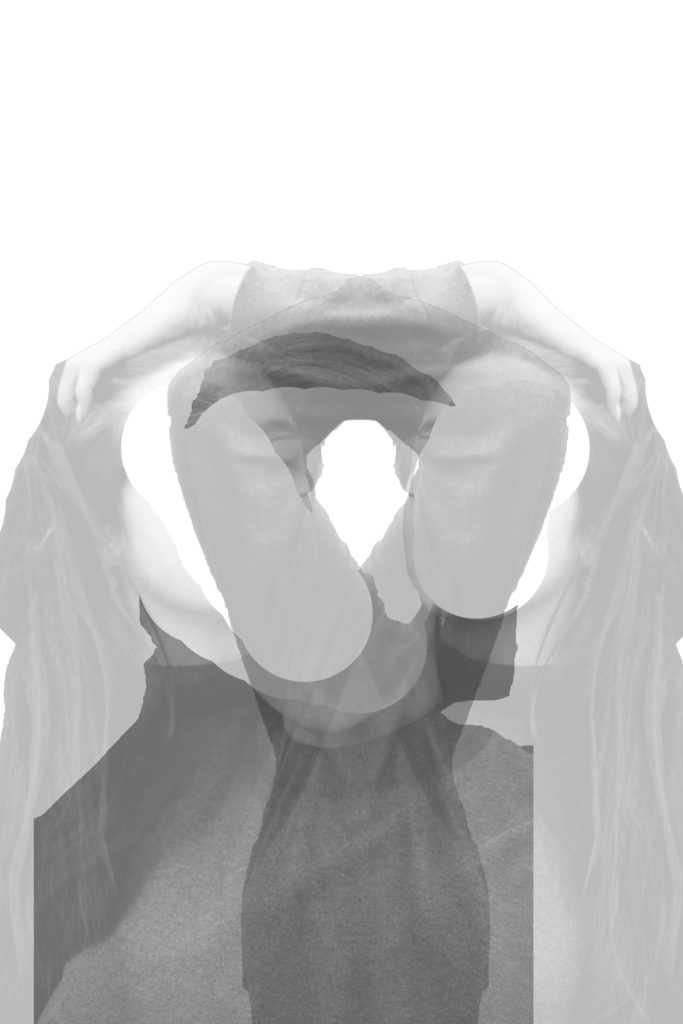 In this edit I wanted to look at the double exposure technique, where I would use two different images to formulate a whole image. I opened up the two images and cut the out using the quick selection tool and made them into separate layers by pressing layer via cut. I then moved these cut outs onto a new A4 white document. Using the rubber tool I decided to rub out the face, only leaving the body. I then placed the two images in the centre of the page and decreased the opacity of both, in order to see both images. I then decided to duplicate the layer with the model playing with her hair, and placed it the other side. Pressing ctrl + t allowed me to make the image face the other way. This final piece shows loss of identity as the models poses shows that she is confused, moreover the missing face suggested that she is lost. Finally the image is presented in black and white, making all aspects of colour identity being taken away.
In this edit I wanted to look at the double exposure technique, where I would use two different images to formulate a whole image. I opened up the two images and cut the out using the quick selection tool and made them into separate layers by pressing layer via cut. I then moved these cut outs onto a new A4 white document. Using the rubber tool I decided to rub out the face, only leaving the body. I then placed the two images in the centre of the page and decreased the opacity of both, in order to see both images. I then decided to duplicate the layer with the model playing with her hair, and placed it the other side. Pressing ctrl + t allowed me to make the image face the other way. This final piece shows loss of identity as the models poses shows that she is confused, moreover the missing face suggested that she is lost. Finally the image is presented in black and white, making all aspects of colour identity being taken away.